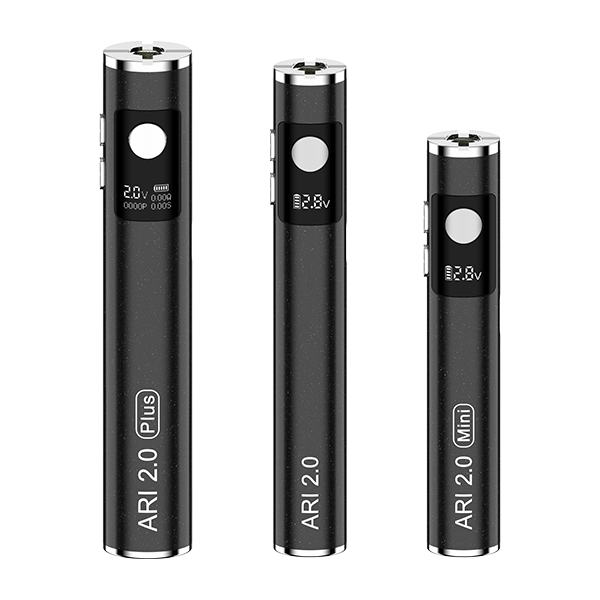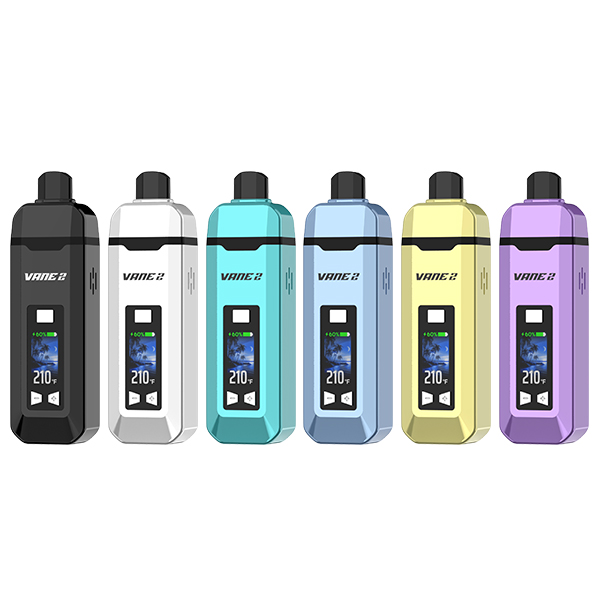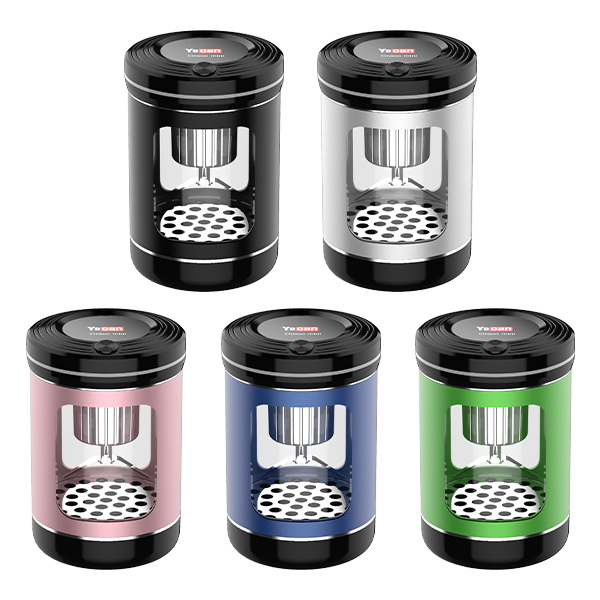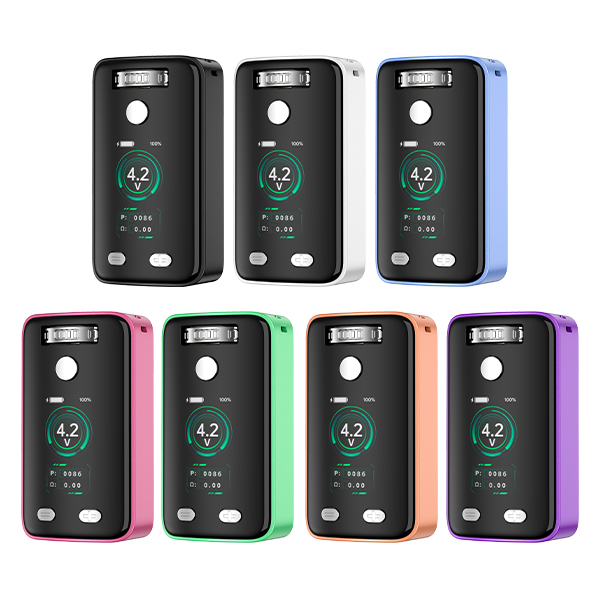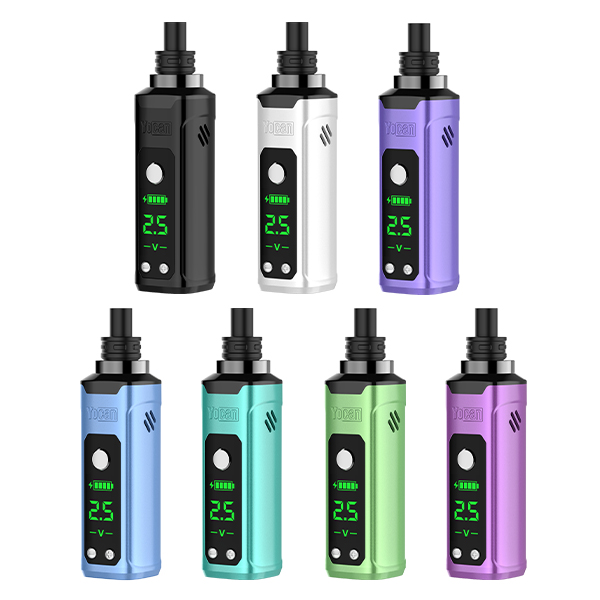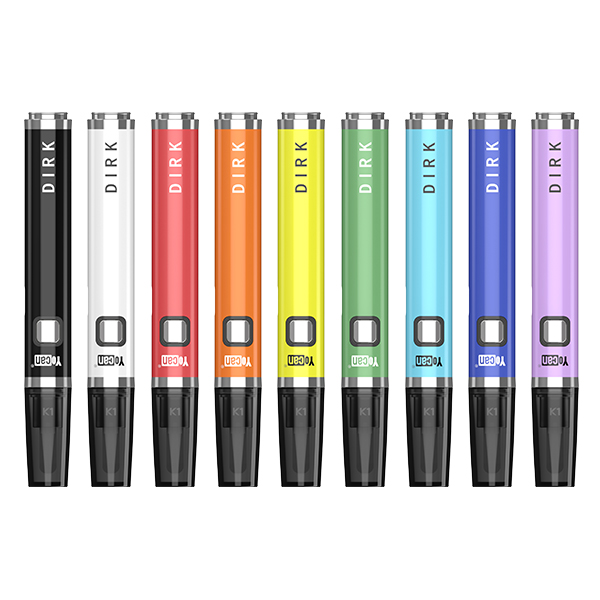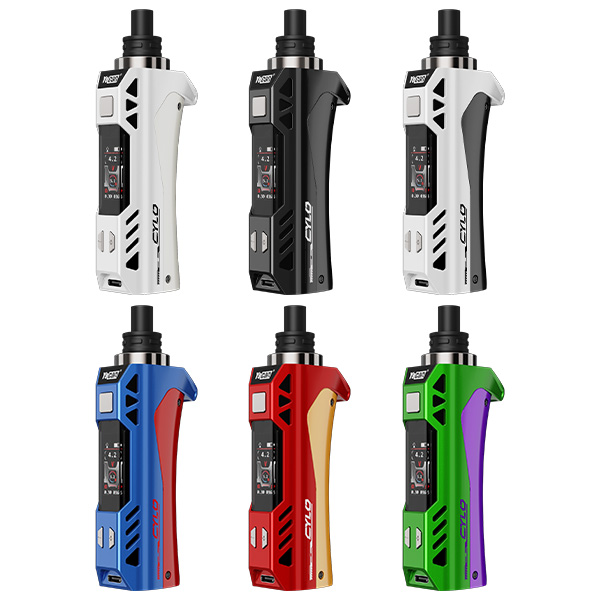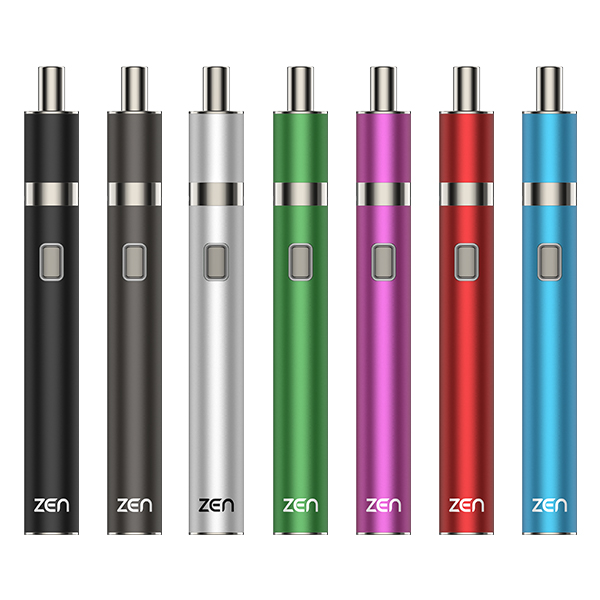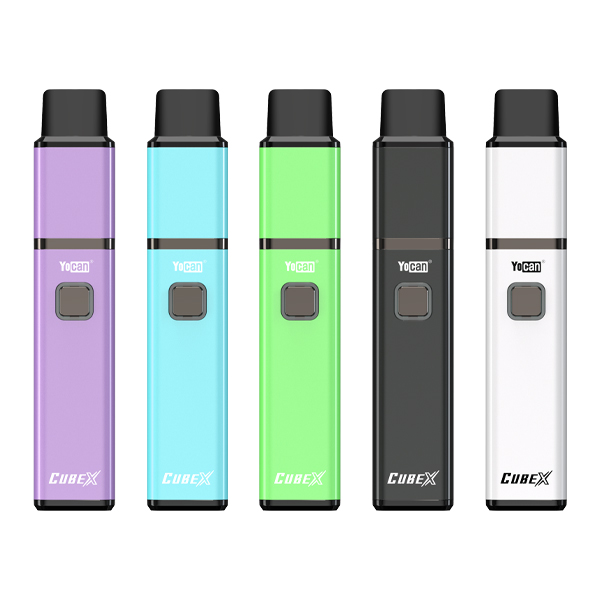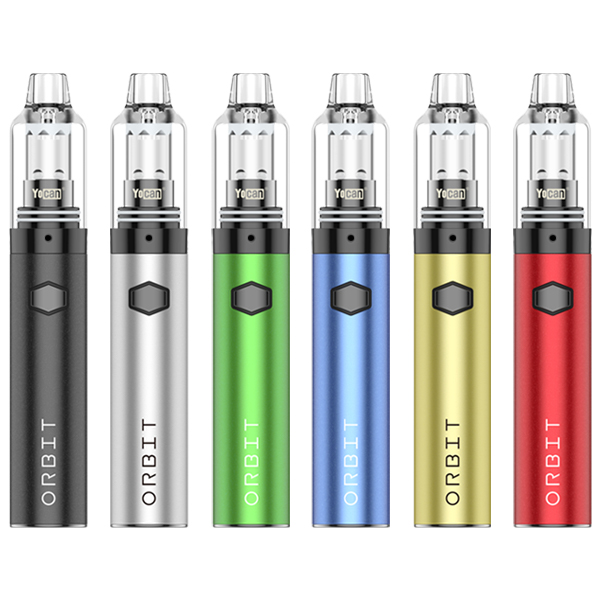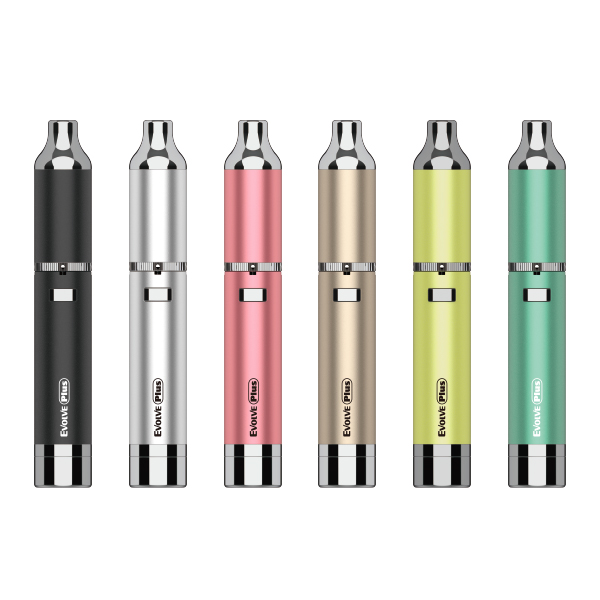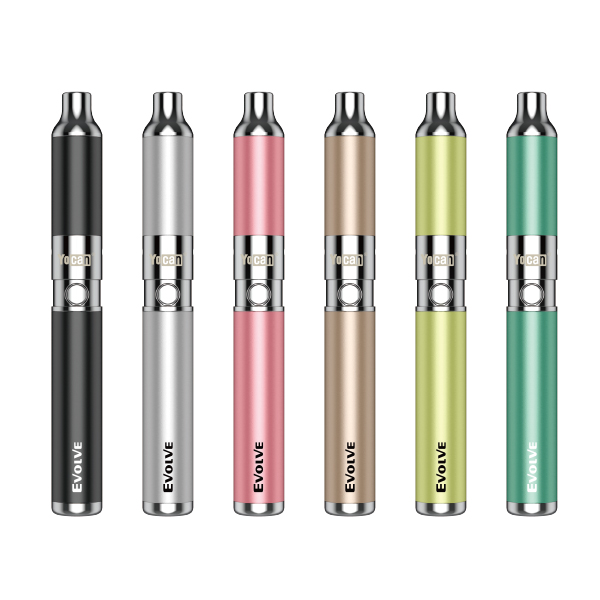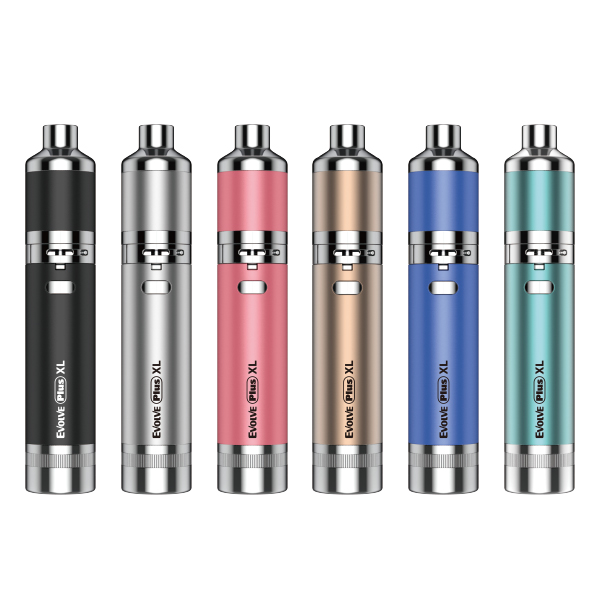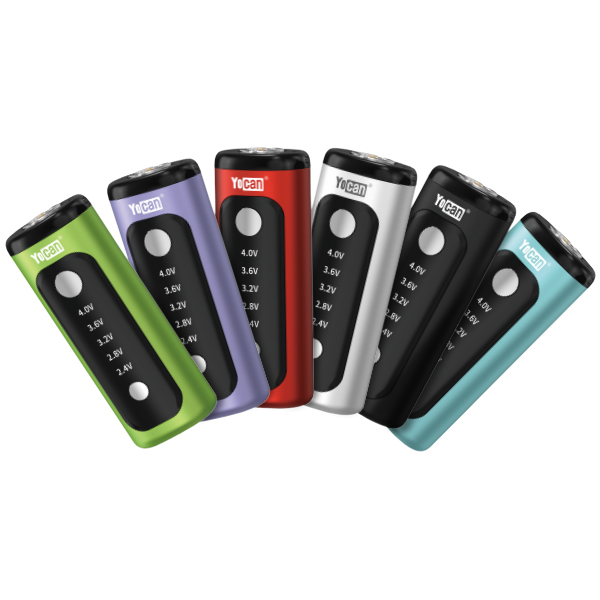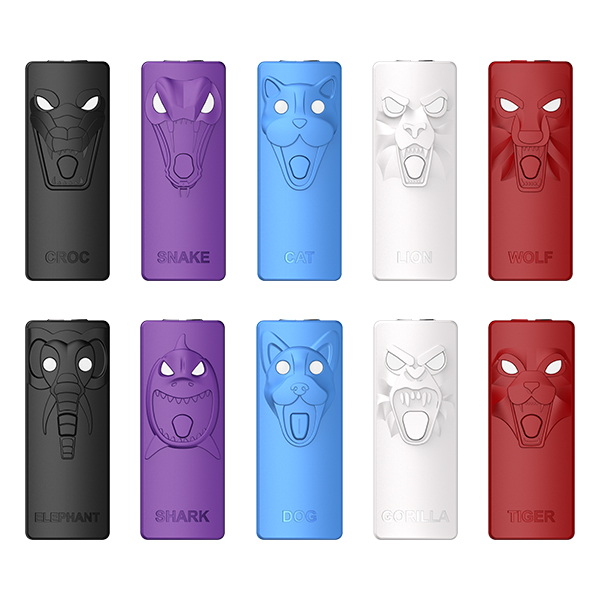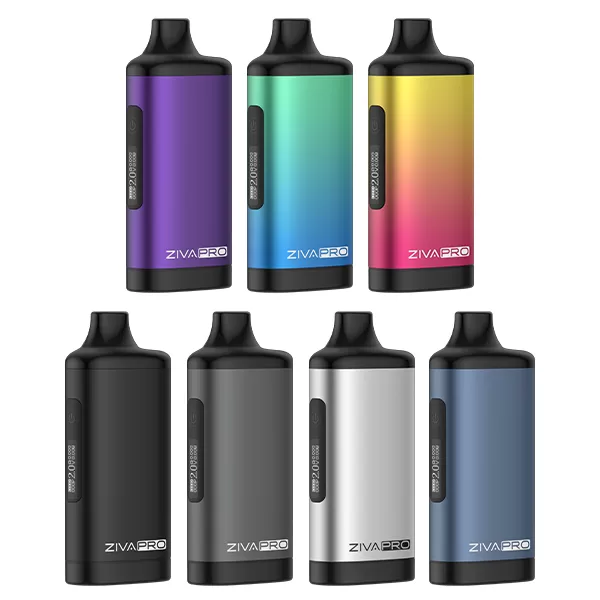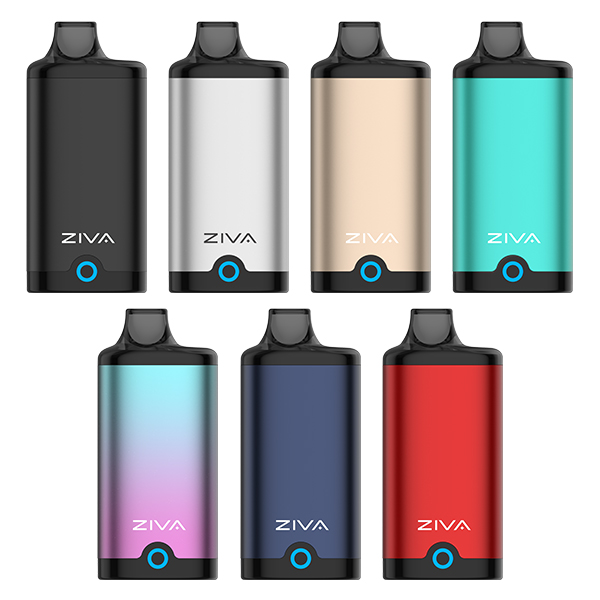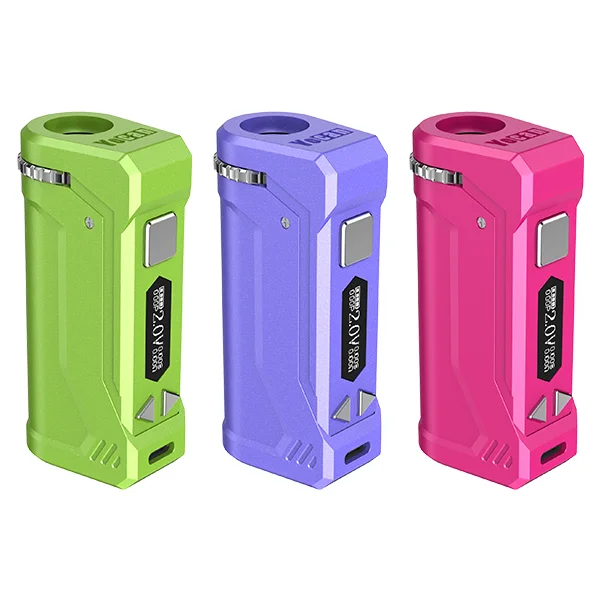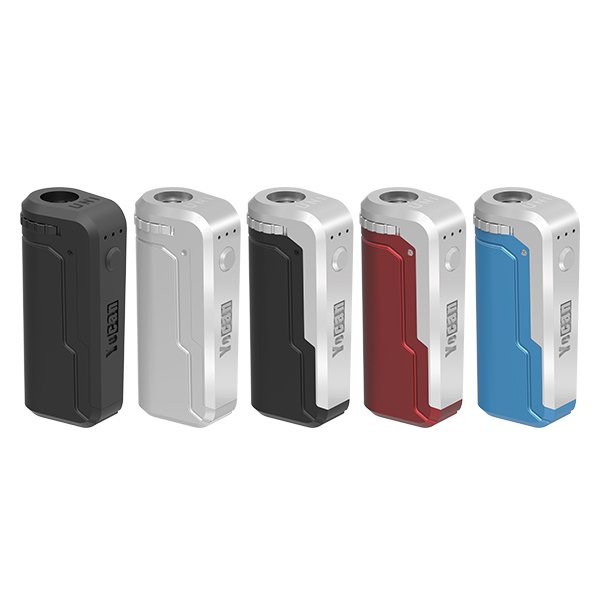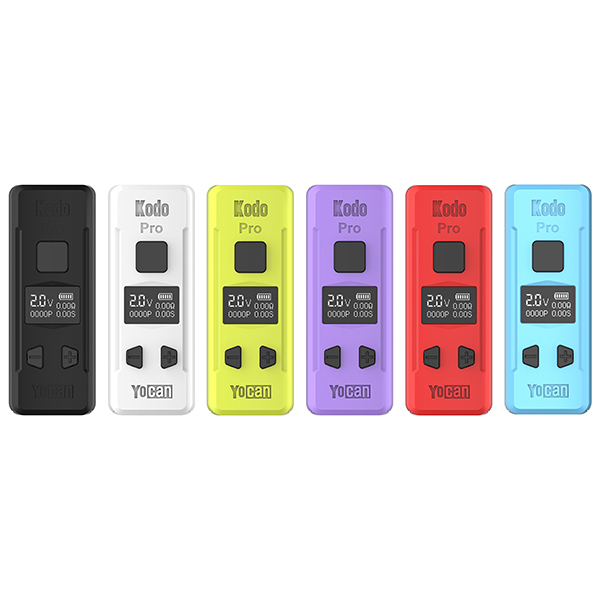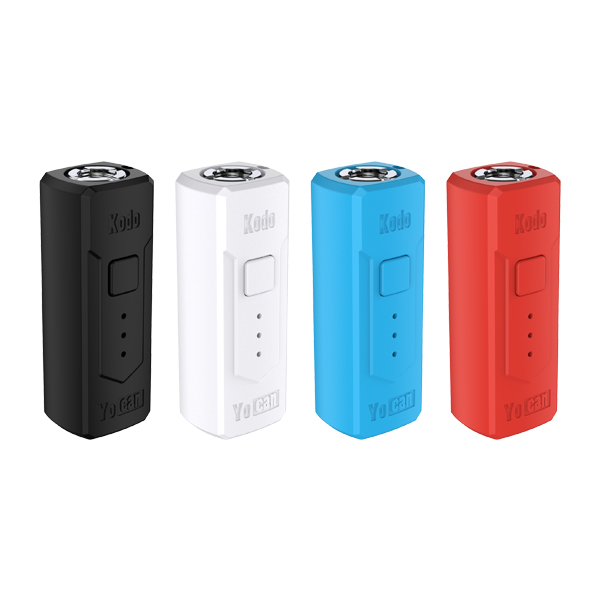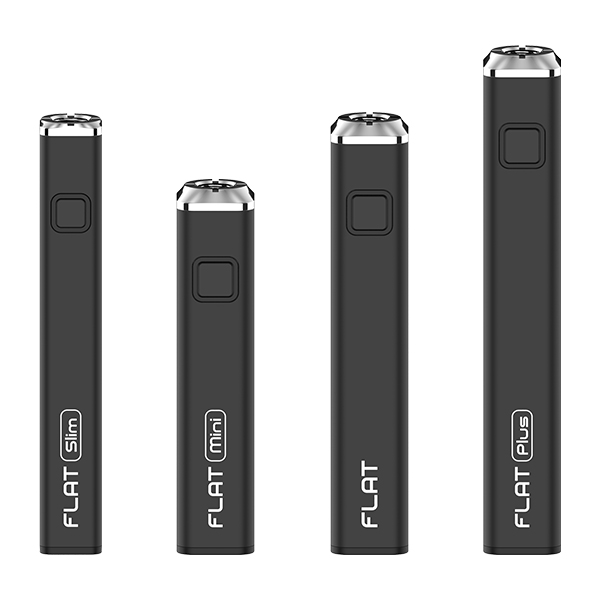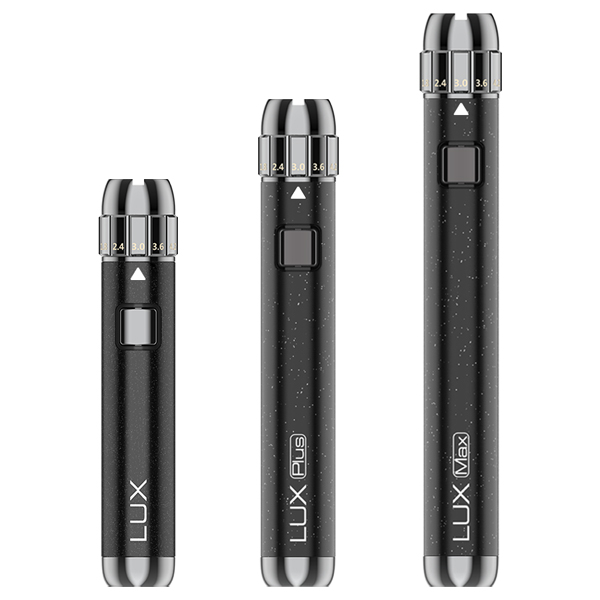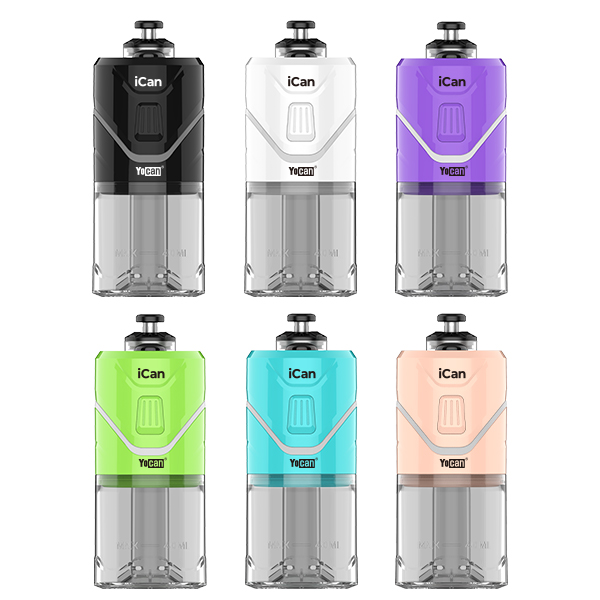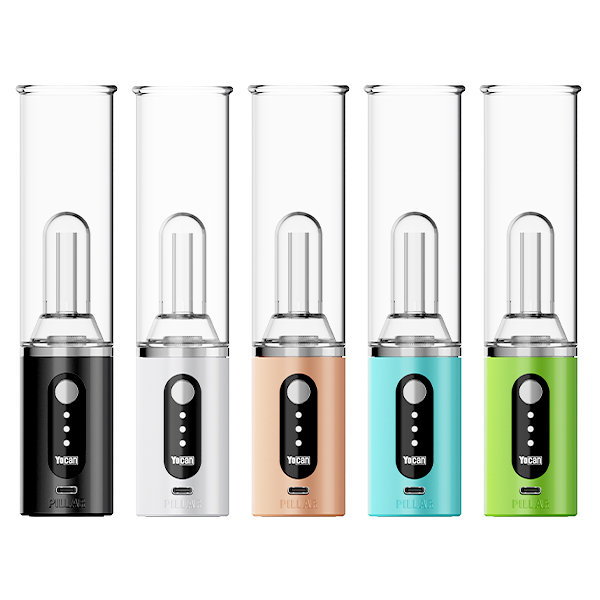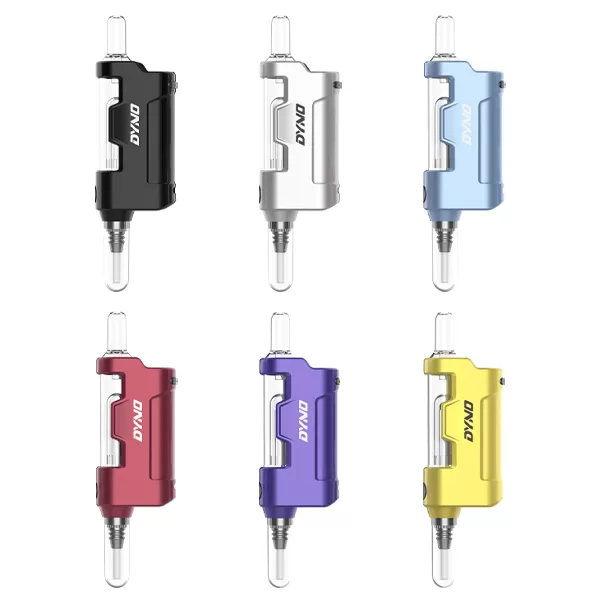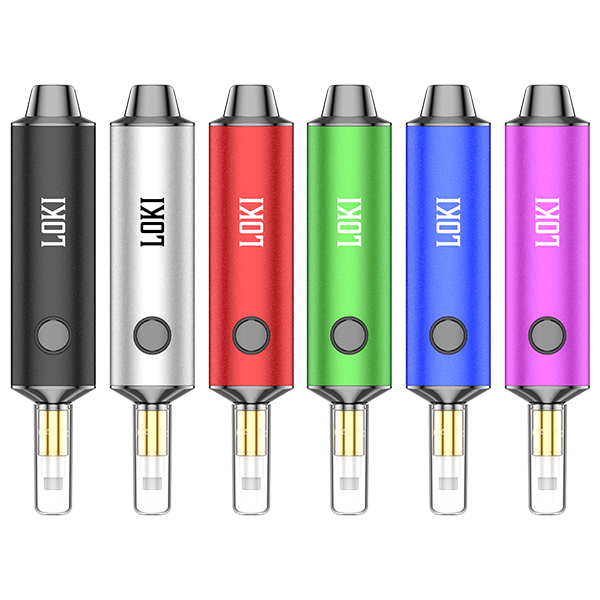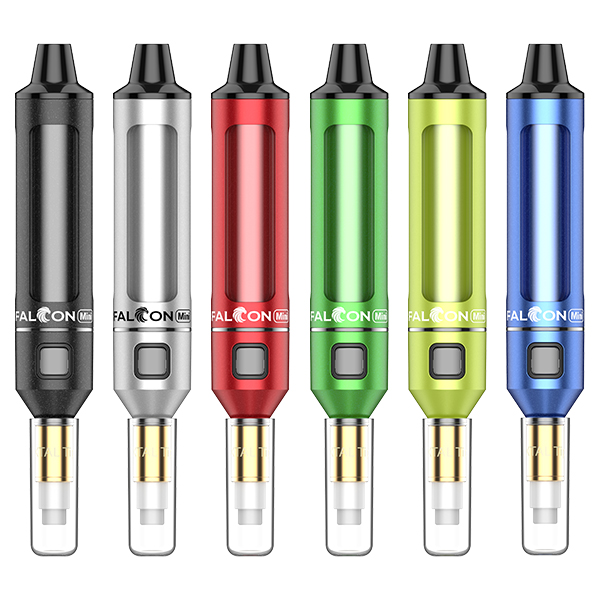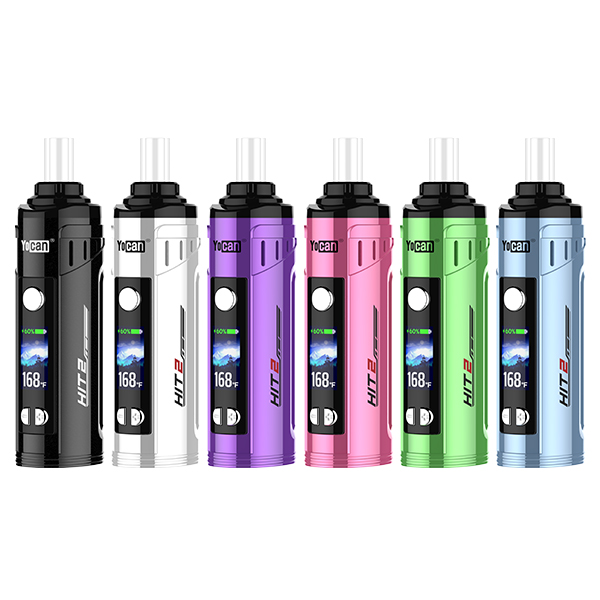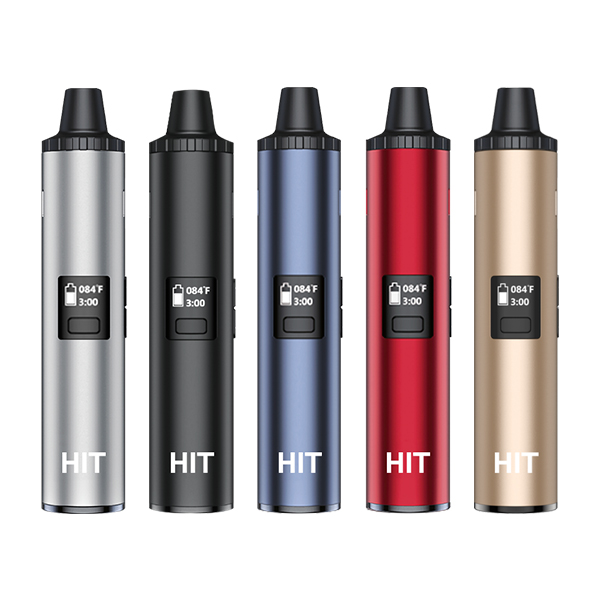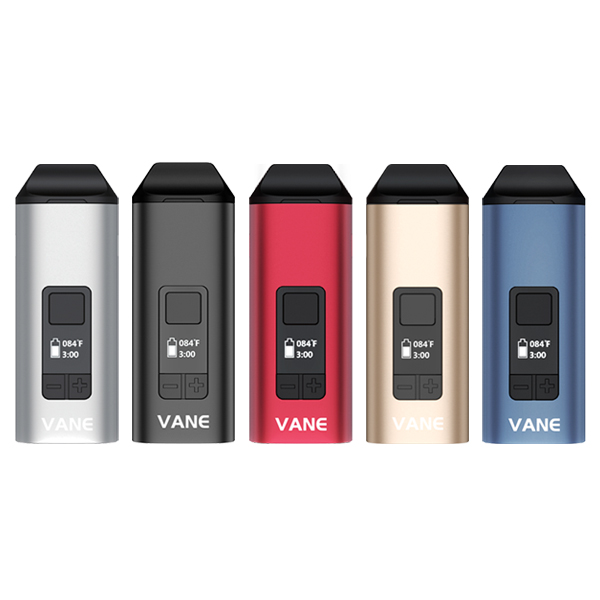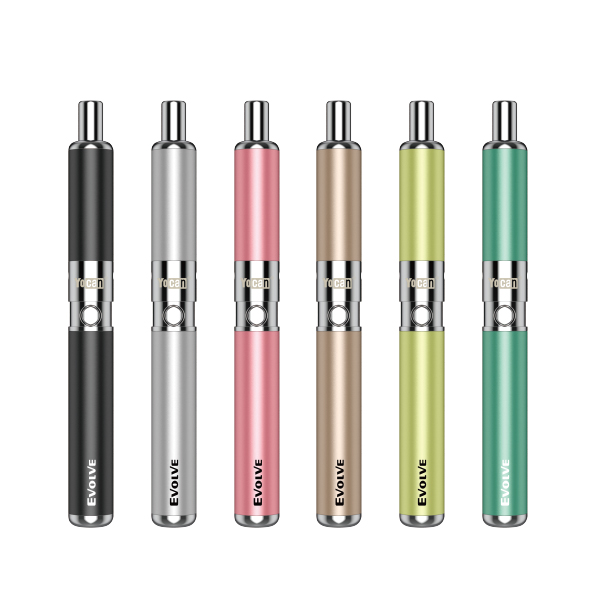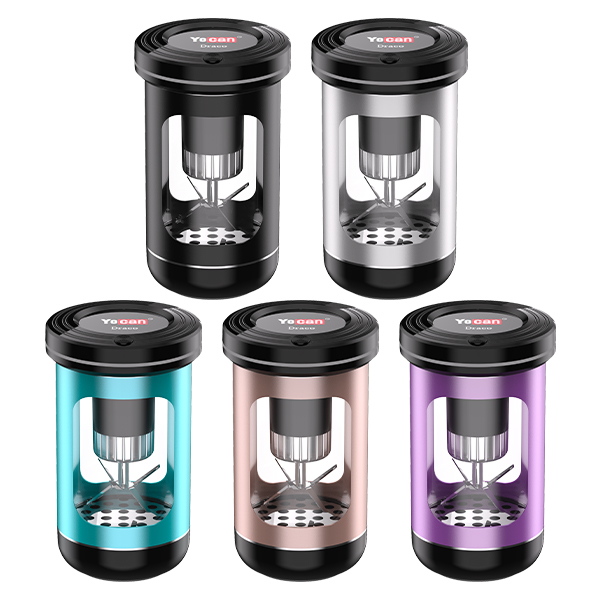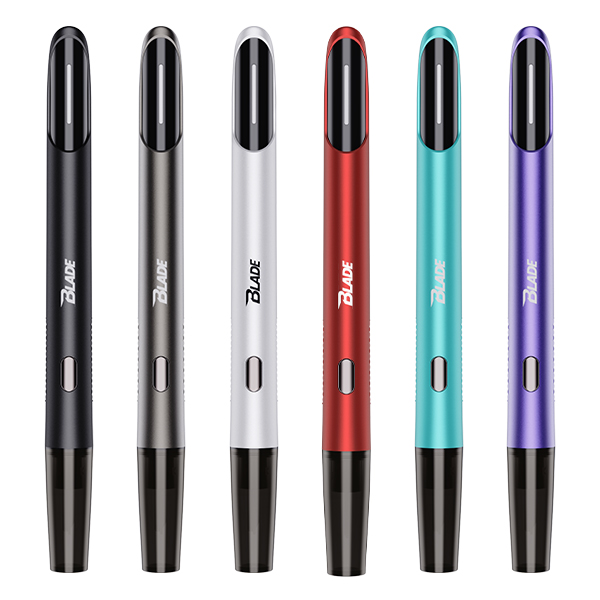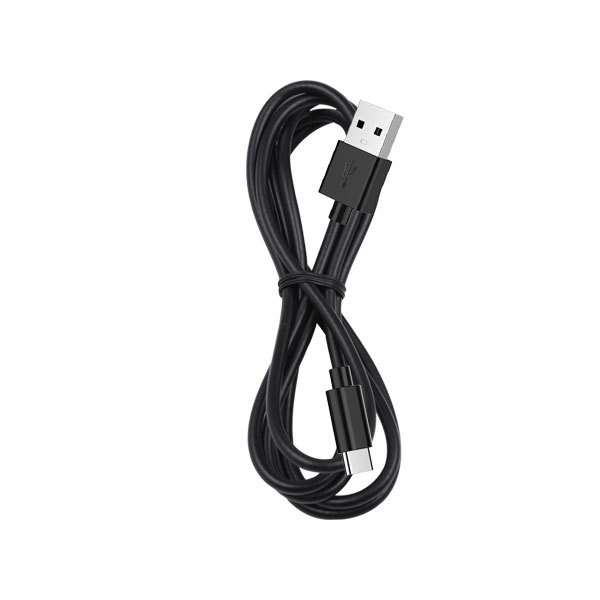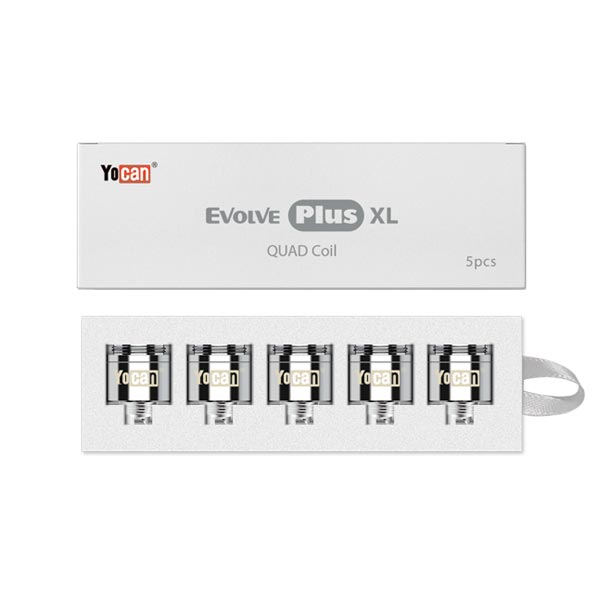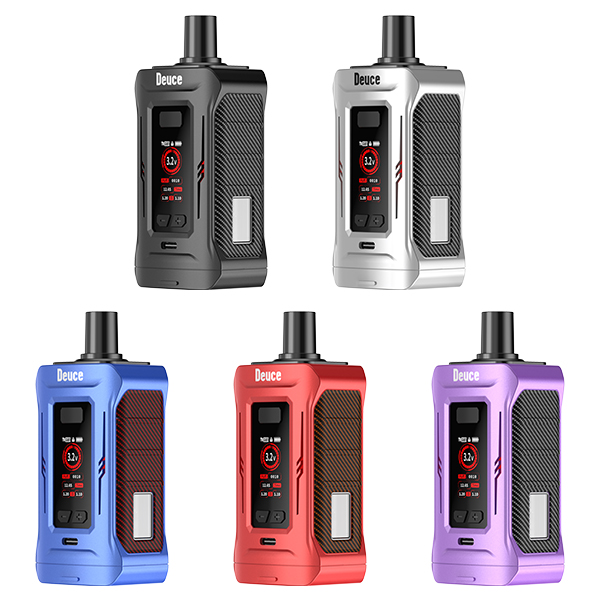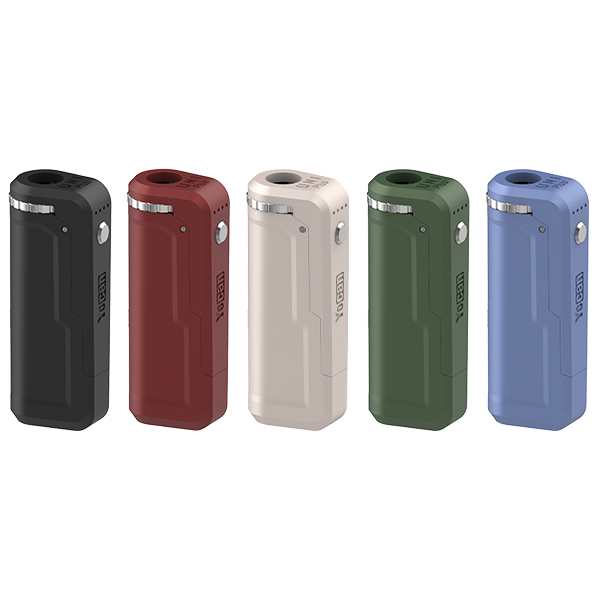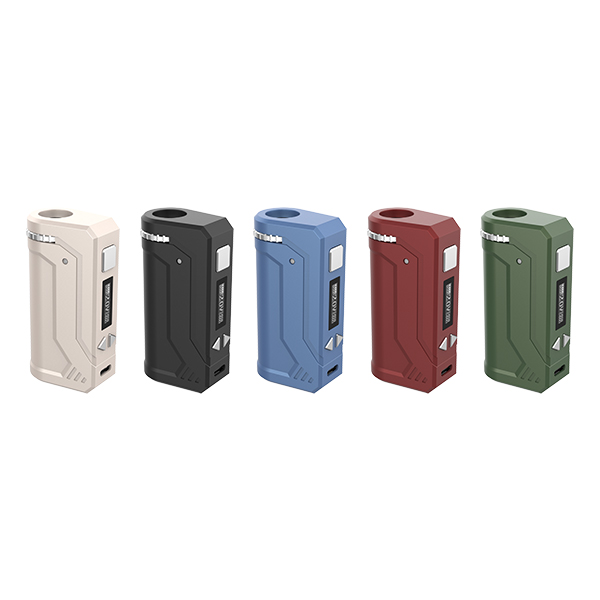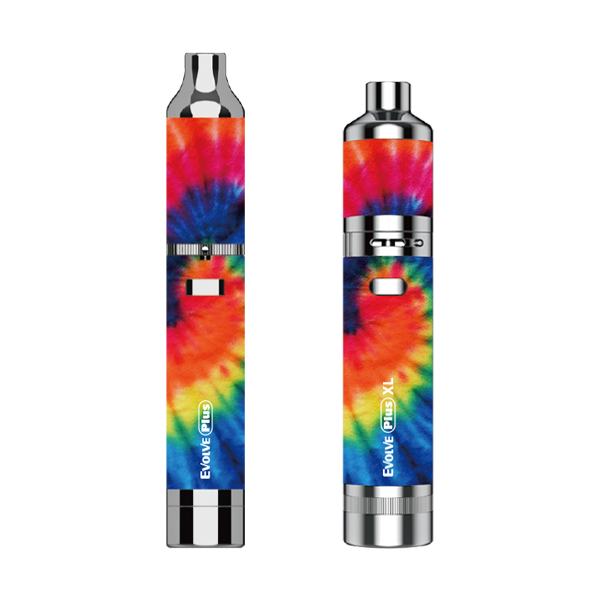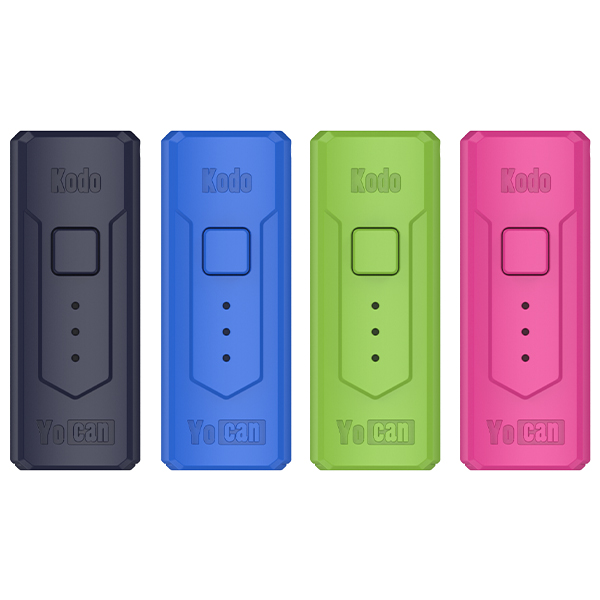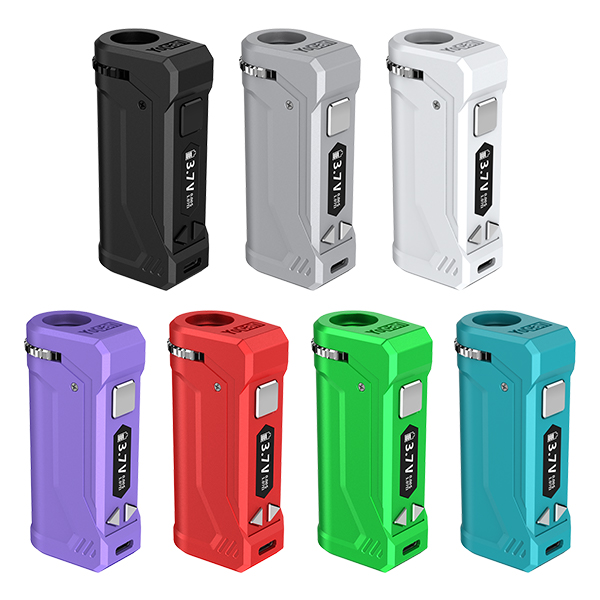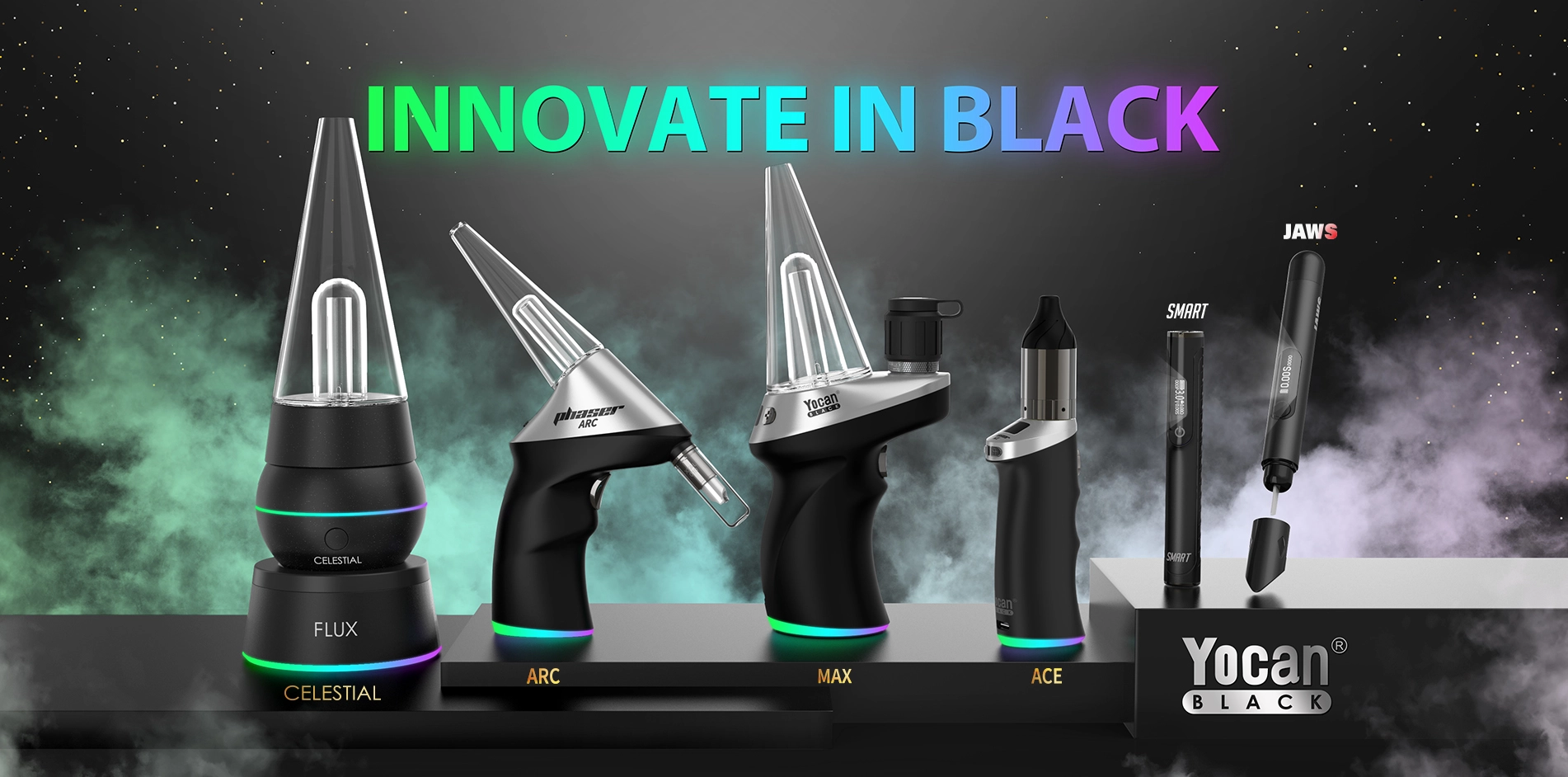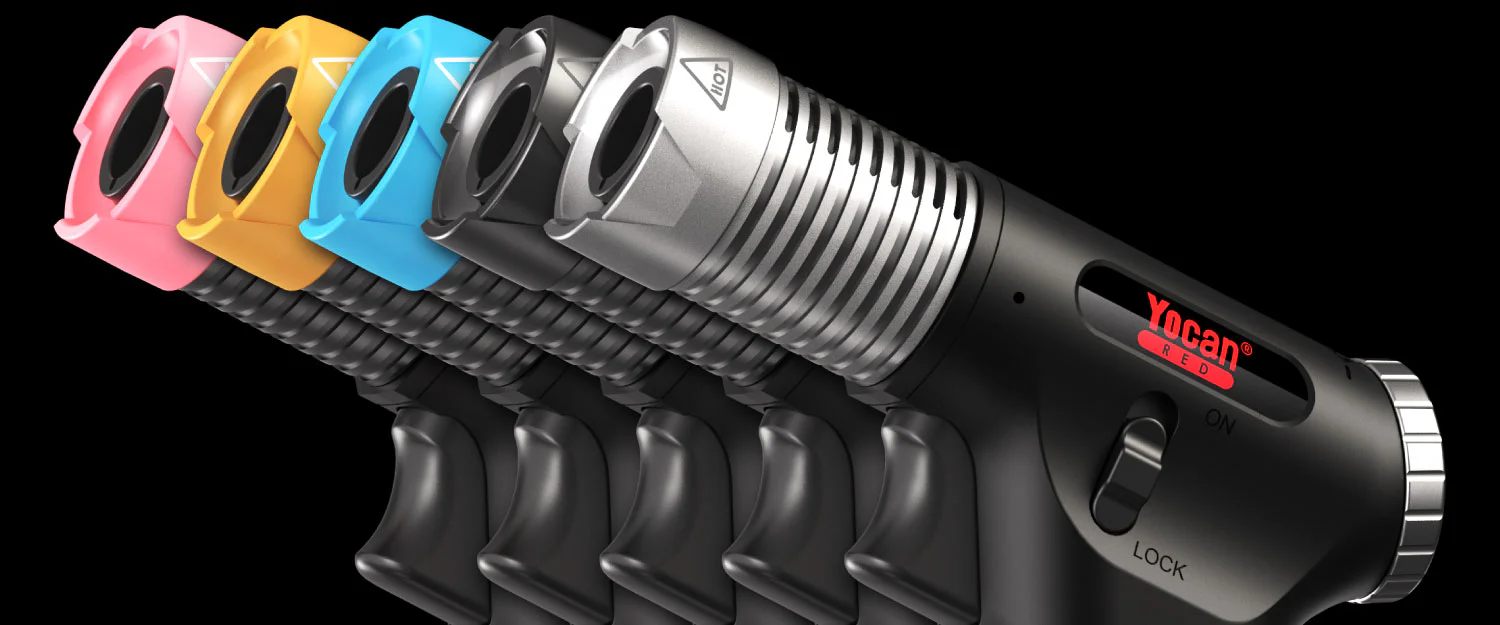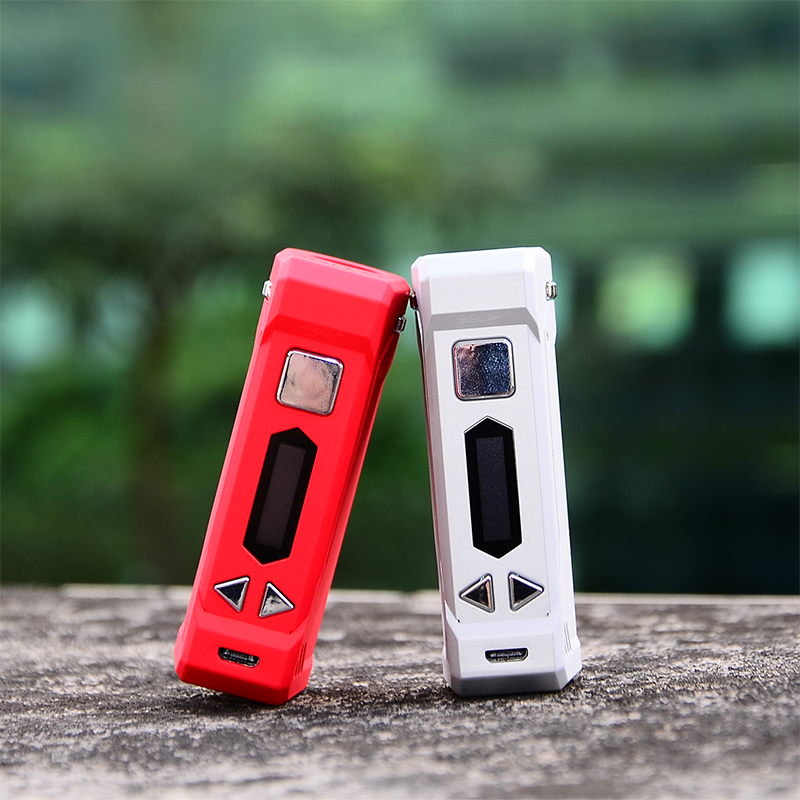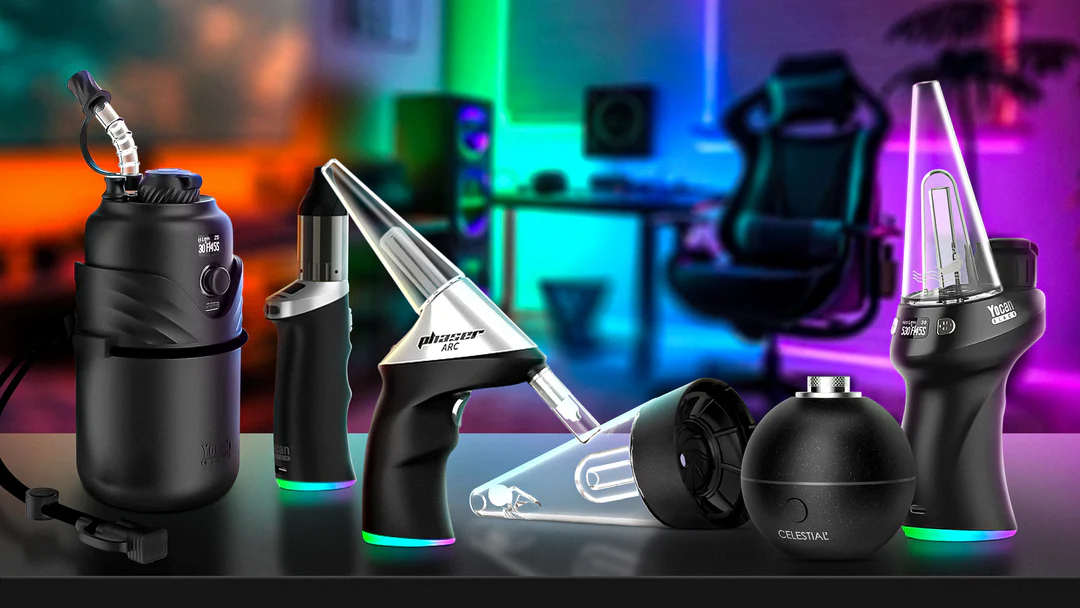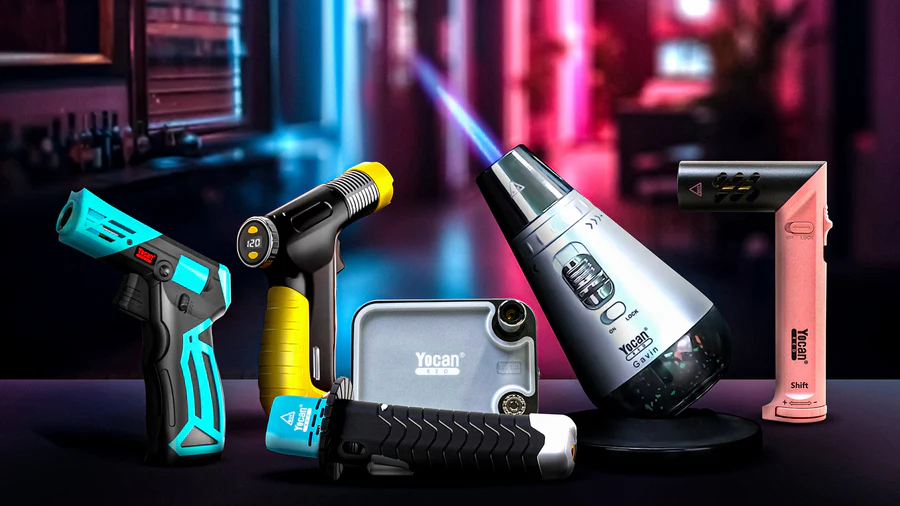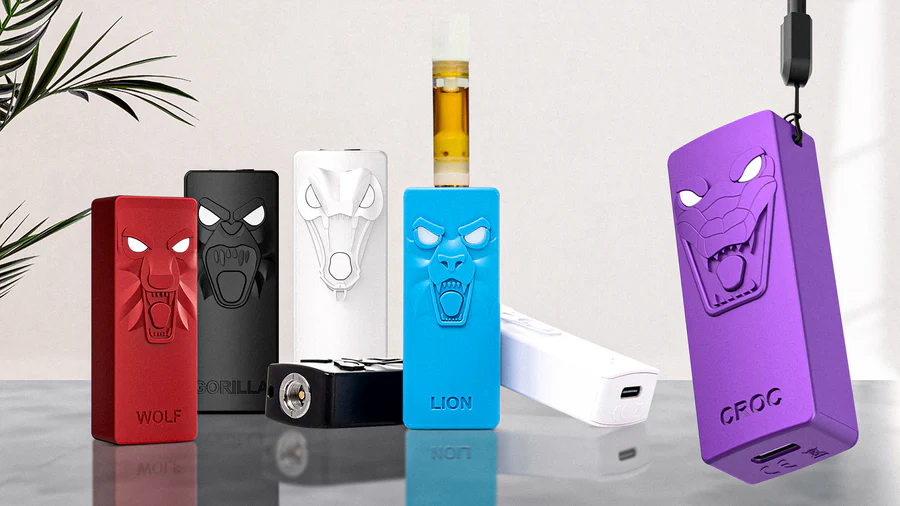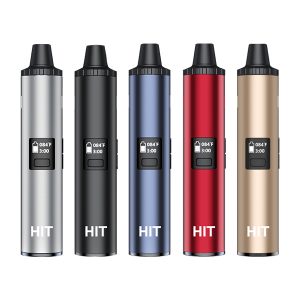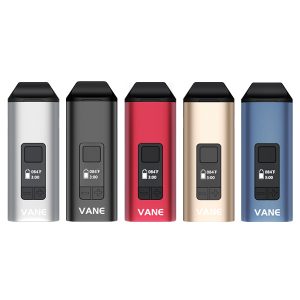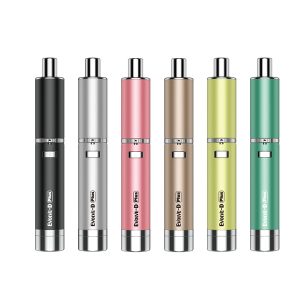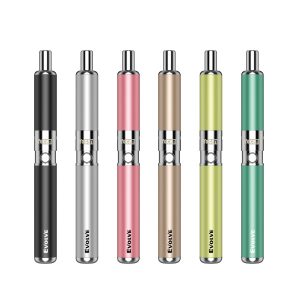Dry Herb Vaporizers | Yocan Best Portable Herb Vape: Buy Now
What is a dry herb vaporizer?
A dry herb vaporizer is an electronic device designed to heat dry herbal materials (such as marijuana, tobacco, or other legal herbs) to release active ingredients (such as aroma or medicinal compounds) to form an inhalable vapor. Unlike traditional combustion methods (such as smoking), vaporizers control the temperature to heat the herbs below a specific boiling point to avoid combustion, thereby reducing the production of harmful substances such as tar and carcinogens.
The Development of Dry Herb Vaporizers
The history of dry herb vaporizers can be traced back to the 20th century, and its development is closely related to the improvement of health awareness and technological progress. The following is a brief review of its origins and evolution:
1. Early Concepts (Before the 1960s)
The concept of vaporizers is not new. Ancient Egyptians used hot stones to inhale herbal vapors to treat diseases, which can be regarded as a primitive form of vaporization. However, the prototype of modern dry herb vaporizers appeared in the 20th century.
In the 1960s, as the smoking culture became popular, people began to explore better alternatives, but the technology was not yet mature.
2. First Commercialization Attempt (1990s)
Eagle Bill Amato’s Contribution: Eagle Bill, known as the “Father of Vaporization,” launched the first widely known dry herb vaporizer in 1994. This simple glass device used a lighter to heat the herbs, marking the entry of vaporization technology into the public eye.
Background: During this period, the use of marijuana in North America was gradually legalized, and people began to pay attention to the harm of smoking, and vaporizers came into being.
3. The Rise of Desktop Vaporizers (Early 2000s)
In 2000, a German company launched a desktop vaporizer, which was the first high-end desktop device to use convection heating. Its precise temperature control and balloon-style vapor collection system set the standard for modern vaporizers.
Market Drivers: As medical research revealed harmful substances produced by combustion (such as benzene and carbon monoxide), consumer demand drove the development of vaporization technology.
4. The Portable Revolution (2010s)
Technological Advances: The maturity of lithium batteries, miniaturized heating elements, and electronic control technology gave rise to portable vaporizers. This marked the popularity of portable dry herb vaporizers.
The Rise of Yocan: During this period, the Yocan brand entered the market, focusing on providing affordable and reliable devices such as the Yocan Evolve-D, filling a gap in the cost-effective market.
5. Modern Development (2018s to Present)
Innovation and Diversification: Today, dry herb vaporizers incorporate more intelligent functions, hybrid heating technology, and environmentally friendly materials. For example, the Yocan brand has launched innovative products such as the iShred, which has a built-in grinder to further enhance convenience.
Legalization Drive: With the legalization of marijuana in many places around the world (such as Canada and some states in the United States), the market demand for dry herb vaporizers has surged and become a mainstream consumer product.
Dry herb vaporizers range from portable to desktop, manual to electronic, meeting the needs of different users. From simple hot stone inhalation to today’s high-tech devices. Brands such as Yocan have occupied a place in this field through innovation.
How Dry Herb Vaporizers Work
Dry herb vaporizers typically use two heating methods:
Conduction: The herb is in direct contact with the heating element, and heat is transferred through contact.
Convection: Hot air flows over the herb, indirectly heating the material and producing a more even vapor.
Some high-end models (such as Yocan Hit 2) combine conduction and convection technology to provide a more efficient vaporization experience.
Key Features
Temperature Control: Users can adjust the temperature to release different active ingredients, usually between 120°C and 220°C.
Portability: There are two types of portable (such as pen-shaped vaporizers) and desktop models.
Benefits: Compared to combustion, vaporization reduces the risk of inhaling harmful byproducts of combustion (such as carbon monoxide).
Materials Used: Suitable for dry herbs, not oils or concentrates.
Use Scenarios
Dry herb vaporizers are widely used for recreational (such as enjoying the aroma and effects of cannabis) or medicinal purposes (such as relieving pain or anxiety). They are popular because of their low odor, ease of operation, and discreetness.
Types of Dry Herb Vaporizers
Depending on the design, usage scenario and heating method, dry herb vaporizers can be divided into the following main types:
1. Portable Dry Herb Vaporizers
Features: small and light, suitable for carrying around, usually powered by rechargeable batteries.
Example: Representative product Yocan Evolve-D, etc.
Applicable scenarios: outdoor activities, travel or daily use, focusing on portability and privacy.
Advantages: easy to operate, suitable for single or small group use.
Disadvantages: easily limited by battery capacity.
2. Desktop Dry Herb Vaporizers
Features: large size, need to be plugged in, provide more powerful heating capacity and larger herb capacity.
Applicable scenarios: home use, suitable for long-term or multi-person vaping sessions.
Advantages: more precise temperature control and high vapor concentration.
Disadvantages: not portable and expensive.
3. Dry Herb Vape Pens
Features: Slim, pen-like shape, a subcategory of portable vaporizers, with a simple design.
Example: Yocan Evolve-D Plus
Suitable for: Quick use, suitable for beginners or users with limited budgets.
Advantages: Affordable price and simple operation.
Disadvantages: Basic functions, steam output and battery life are not as good as advanced models.
4. Hybrid Vaporizers
Features: Supports dry herbs and concentrates (such as wax or oil), combined with a variety of heating technologies.
Suitable for: Users who pursue versatility.
Advantages: One machine can be used for multiple purposes.
Disadvantages: Scattered functions, many accessories, and poor user experience compared to specialized field vaporizers.
5. Manual/Butane-Powered Vaporizers
Features: No batteries required, heated with a butane torch or lighter.
Applicable scenarios: Camping or non-electricity environment, suitable for users who like manual control.
Advantages: Durable, no need to charge, pure steam taste.
Disadvantages: Requires skills, slightly complicated operation.
Dry Herb Vaporizer Temperature Adjustment and Flavor Changes
How to adjust the temperature of a dry herb vaporizer? How to customize your favorite herb flavor? Because every enthusiast likes different flavors. Based on years of industry experience, Yocan summarizes the following four general stages for your reference.
1. Low temperature stage (120°C – 160°C / 248°F – 320°F)
Released ingredients: Mainly terpenes, aromatic compounds in herbs, responsible for aroma and slight effects.
Taste characteristics:
- Fresh, light, floral: The steam tastes soft, with obvious plant, flower or citrus flavors (such as pinene, limonene).
- Sweet and smooth: No spicy feeling, minimal throat irritation, suitable for users who like delicate taste.
- Herbal flavor is prominent: The original taste of fresh herbs is not masked by high temperature.
Effect: Mildly refreshing or relaxing, suitable for users who use in small amounts or pursue flavor.
Applicable scenarios: Morning or light social occasions, focusing on tasting rather than strong effects.
Representative herbs: Limonene (lemon flavor) or pinene (pine flavor) in cannabis is released at this stage.
2. Medium temperature stage (160°C – 190°C / 320°F – 374°F)
Released ingredients: Terpenes continue to be released, while some active ingredients (such as THC and CBD in cannabis) begin to vaporize.
Taste characteristics:
- Rich, balanced, complex: The vapor tastes fuller, and the aroma of terpenes blends with the woody or earthy taste of the herbs themselves.
- Slightly spicy or herbal bitterness: As the temperature rises, a slight spicy or herbal aftertaste may appear, but it is still smooth.
- Strong layering: The first taste is refreshing, the middle part turns to rich, and the tail note is slightly warm.
Effect: Medium intensity, both relaxing and refreshing, suitable for daily use.
Applicable scenarios: Relax in the afternoon or share with friends, taking into account both flavor and effect.
Representative herbs: Myrcene (musk) or linalool (lavender) in cannabis are more obvious at this stage.
3. Medium-high temperature stage (190°C – 210°C / 374°F – 410°F)
Released ingredients: Active ingredients (such as THC, CBD) are completely vaporized, and some heavier terpenes and flavonoids also begin to be released.
Taste characteristics:
- Strong, thick, woody: The steam tastes deeper, with obvious wood, earthy or roasted aromas.
- Slightly bitter or spicy: The throat may feel slightly irritated, similar to the taste of roasted herbs.
- Reduced sweetness: The fresh floral scent is weakened, replaced by a stronger “cooked” taste.
Effect: Intense relaxation or sedation, suitable for users who need deep effects.
Applicable scenarios: Decompression or meditation at night, pursuing effects rather than pure flavors.
Representative herbs: Caryophyllene (peppery) in cannabis is dominant in this stage.
4. High temperature stage (210°C – 230°C / 410°F – 446°F)
Released ingredients: Almost all active ingredients are extracted, close to the edge of combustion, and a small amount of volatile compounds may be released.
Taste characteristics:
- Heavy, burnt, pungent: The vapor tastes like burnt herbs or slightly smoky, with obvious bitterness and spiciness.
- Roughness: Throat irritation is obvious, and the vapor becomes hotter and drier.
- Flavor weakens: Most terpenes evaporate, leaving the “base” taste of the herb.
Effect: Very strong, may feel heavy or drowsy, suitable for heavy users or medicinal needs.
Applicable scenarios: Deep relaxation at night or dealing with strong symptoms.
Note: Exceeding 230°C may cause slight burning, producing smoke-like taste and harmful substances.
5. Other factors that affect taste
Herb quality: Fresh, high-quality herbs (such as terpene-rich cannabis) taste better when cold, while old herbs may be bitter.
Grind size: A medium grind retains more flavor, while a fine grind may result in a strong or dirty taste.
Device type:
Convection heating (such as Yocan Hit): A cleaner, fresher taste because the herbs are not directly exposed to the heat source.
Conduction heating (such as Yocan Evolve-D): May have a slightly toasty taste because the herbs are directly exposed to the heat.
Inhalation technique: A slow inhale retains more flavor, while a quick inhale may make the vapor hotter and lighter.
Yocan Dry Herb Vaporizer Benefits
Yocan is widely recognized in the industry for its innovative design, cost-effectiveness and user-friendliness.
1. High cost-effectiveness
- Yocan is known for providing “high quality, low price” products. For example, models such as Yocan Evolve-D Plus and Hit are usually priced between $20-50, but can provide performance comparable to high-end devices. This affordable price allows more users to experience vaporization technology without having to pay high prices for expensive equipment.
- Compared with brands on the market that cost hundreds of dollars, Yocan has significantly reduced costs while maintaining functionality, making it popular among consumers with limited budgets.
2. Innovative Design and Technology
Unique Heating Technology:
- Yocan Evolve-D uses a “Dual Pancake Coil” to evenly heat the herbs to avoid burning and retain a pure taste.
- Yocan Hit and Hit 2 use ceramic convection heating to vaporize herbs through hot air, providing smoother, cleaner steam and reducing throat irritation.
- Built-in grinder: Yocan iShred is the world’s first device to integrate a grinder into the vaporizer, allowing users to grind and load herbs without carrying additional tools, improving portability and convenience.
- Smart functions: The Hit series is equipped with an OLED display and vibration reminders, allowing users to monitor temperature and device status in real time, making operation more intuitive.
3. Portability and ease of use
- Compact design: Yocan dry herb vaporizers (Hit is 117 mm high, Evolve-D pen-shaped design) are small in size and easy to put in a pocket or palm, suitable for use anytime, anywhere.
- Simple operation: Most models use single-button control (such as five clicks to turn on the machine), without a complex learning curve, and novices can quickly get started. For example, the Evolve-D Plus’s nozzle can also be used as a compacting tool, simplifying herb management.
- Magnetic nozzle: The magnetic design of models such as the Hit 2 makes filling and cleaning easy and reduces the trouble of operation.
4. Harm reduction and flavor advantages
1. Reduce harmful substances: Yocan dry herb vaporizer significantly reduces the production of harmful byproducts such as tar and carbon monoxide by avoiding combustion, which is healthier than traditional smoking.
2. Preserve flavor: Using ceramic heating elements (such as Vane and Hit) can better extract terpenes and flavonoids in herbs, bringing a purer and fresher taste. For example, you can enjoy floral aromas at low temperatures (120°C-160°C), and the taste is rich and balanced at medium temperatures (160°C-190°C).
3. Odor control: The flavor produced by the adjustable voltage vaporizer is more precise and customized for personal flavor.
5. Durability and battery performance
Battery capacity:
Evolve-D Plus is equipped with a 1100mAh battery, and Hit 2 provides a 1800mAh battery, which supports long-term use.
Hit 2 uses Type-C charging, and the charging time is about 2 hours, reducing waiting time.
Sturdy material: Many products (such as Hit) use high-quality PC material, UV process treatment, smooth and textured surface, light and durable, suitable for daily carry.
6. Diverse choices
Yocan offers a variety of models from basic models (such as Evolve-D) to high-end portable models (such as Hit 2) to meet the needs of different users. And the world’s first combination of dry herbs and herb grinders provides consumers with more convenience. For example:
Evolve-D Plus: Large-capacity heating cabin and built-in storage tank, suitable for long-term outdoor use.
Hit 2: 200°F-480°F (93°C-249°C) wide temperature control range, suitable for users who pursue personalized experience.
7. Market recognition and user reputation
Yocan’s products such as Evolve Plus and Hit have sold over a million units worldwide and have been widely praised. Vane has received a five-star rating and hundreds of positive reviews on social media and other platforms.
The brand has further consolidated its position in the industry by participating in international exhibitions such as the CHAMPS Trade Show to showcase its technology.
8. Innovative combination
Yocan is the first in the world to launch a combination of dry herbs and herb grinders, providing consumers with more convenience.
1. HIT 2 and Yocan Draco Herb Grinder
2. HIT 2 and Yocan Whirly Herb Grinder
3. Vane2 and Yocan Draco Mini Herb Grinder
The Yocan dry herb vaporizer combines innovative technologies (such as convection heating and built-in grinder) with high cost-effectiveness to provide consumers with a portable, stylish and easy-to-use vaping experience. Whether you are a novice or an experienced user, you can find the right choice for you. Compared with its competitors, Yocan stands out in that it makes high-quality vaporizers accessible, while improving the quality of life of users through innovative design.
How to use a dry herb vaporizer?
1. Prepare the equipment and materials
Check the device: Make sure the vaporizer is fully charged (portable models) or connected to a power source (desktop models). If it is a new device, it is recommended to read the instructions and perform a dry burn (heat to the highest temperature for a few minutes without herbs) to remove manufacturing residue.
- Choose the herb: Use dry herb materials (such as marijuana, lavender, or other legal herbs). The herbs should be completely dry, and moisture will affect the vaporization effect.
- Grind the herbs: Use an herb grinder to grind the materials to a medium fineness (similar to the grains of coarse salt). Too fine will block the airflow, and too coarse will cause uneven heating.
2. Fill the heating chamber
- Open the heating chamber: Depending on the design of the device, unscrew or remove the heating chamber cover (such as the screw cap on the Yocan Evolve-D).
- Fill the herbs: Gently fill the heating chamber with ground herbs, filling it to about 2/3 full, avoiding compacting and ensuring air circulation.
- Tip: For models such as the Yocan Evolve-D Plus, you can use the built-in storage jar to carry extra herbs after filling.
- Close the chamber cover: Make sure it is sealed well to prevent the herbs from spilling.
3. Start the device
Turn on: Most portable vaporizers (such as the Yocan series) are turned on by pressing the power button 5 times quickly. The specific operation varies by model, please refer to the Yocan user manual.
4. Heat the device:
If the device has a temperature adjustment function (such as the Yocan Hit 2), select the temperature that suits your herbs. The usual range is:
- Low temperature and flavor (120°C-160°C): Preserves more aroma and is suitable for a light experience.
- Medium temperature (160°C-190°C): Balances flavor and effect, suitable for most users.
- High temperature (190°C-220°C): Extracts more active ingredients and makes the steam stronger.
- Models without temperature control (such as Yocan Evolve-D) usually have fixed settings and can be heated directly.
- Preheat: Wait for the device to reach the set temperature (usually 10-60 seconds, depending on the model). Many devices will have indicator lights or vibration prompts.
5. Inhaling the steam
Inhalation method: Put your mouth to the mouthpiece and inhale slowly and steadily.
- Tips: Do not inhale forcefully and briefly like smoking, but inhale gently like drinking hot soup to get a smoother steam.
- Observe the steam: If the steam is thin, slightly increase the temperature or adjust the inhalation speed; if it is too thick or has a burnt smell, lower the temperature.
6. Ending and cleaning
- Turn off the device: Press the power button 5 times to turn it off after use (or operate according to the instructions). Some models (such as Yocan Evolve-D Plus) have a 10-second automatic shutdown function to save power.
- Empty the residue: After the device cools down, open the heating chamber and pour out the used herbs (it will be dark brown at this time, indicating that the active ingredients have been extracted).
- Cleaning: 1. Use a small brush to clean the heating chamber and airway.
2. Metal or ceramic parts can be wiped with a cotton swab dipped in isopropyl alcohol (avoid getting electronic components wet). 3.The mouthpiece can be removed for cleaning and drying. - Frequency: It is recommended to clean it after each use, and deep clean it every 5-10 times.
Precautions for using a dry herb vaporizer
- First use: New devices may have a slight plastic or metallic smell, which will disappear after a few empty burns.
- Herb quality: Only use dry, legal herbs, and avoid materials with too much oil or moisture to avoid damaging the device.
- Temperature selection: Different herbs have different boiling points (such as THC in marijuana boils at around 157°C), check the relevant information to optimize the experience.
- Battery safety: Avoid overcharging and keep away from high temperature environments when storing.
- Health tips: If you feel throat discomfort, lower the temperature or reduce the frequency of inhalation.
Dry Herb Vaporizer FAQ
It depends on the device, usually 20-60 seconds for portables and longer for tabletops.
Check if the herbs are too dry, the temperature is too low, or the heating chamber is too loose.
A single refill usually supports a 5-15 minute session, depending on the amount of herbs and the frequency of inhalation.
Using a dry herb vaporizer is a process of exploration, and you can adjust the inhalation rhythm and temperature according to your personal preferences.

